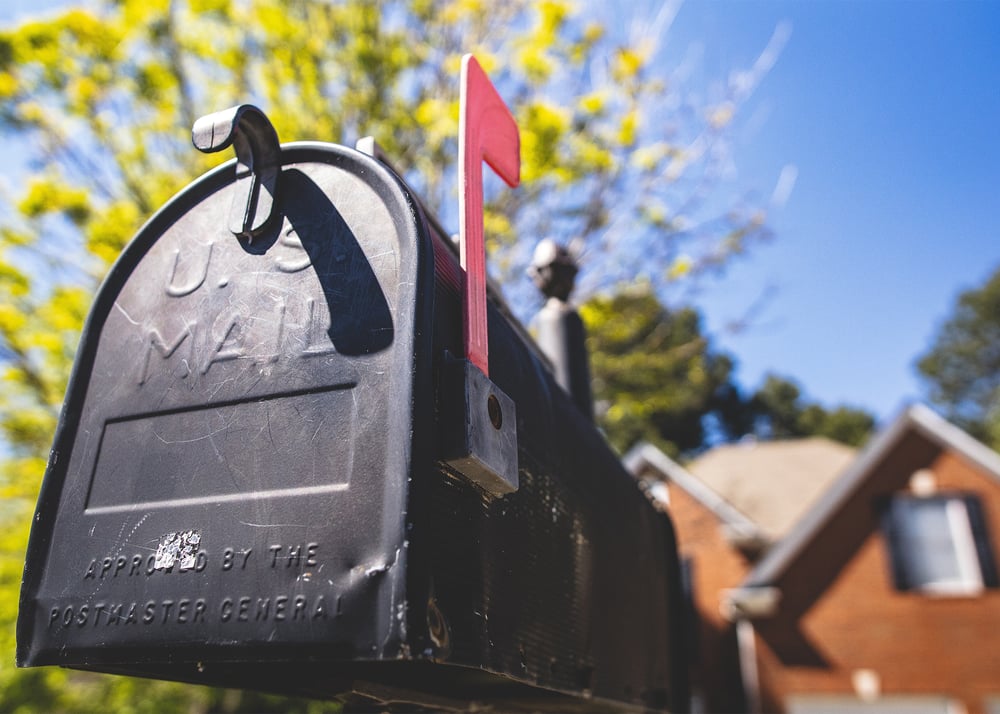
In part three of our three-part series on the topic of retargeting without third party cookies, we speculate on what the future holds for marketers in a post-cookie world.
Everything Old is New Again: Retargeting Without Third Party Cookies
First, let’s revisit how we got here. We first started this conversation on Marketing in 2021: The Big Shifts. The first of two big shifts that marketers are experiencing is the acceleration of eCommerce. There is no question that 2020 caused the industry to accelerate much faster than planned due to the pandemic and the need to buy online. Consumers moved 100% online for portions of the year forcing brands to be more “online enabled” and quickly invest in mobile and other online commerce functionality. The consumer behaviors are not going to shift all the way back to where they were as the world opens back up. Online commerce and accelerated use of mobile are here to stay (It just happened quicker than expected).
eCommerce has accelerated to rates not expected to be seen until 2025. The U.S. department of Commerce reported that while retail sales increased 6.9% from 2019 to 2020, eCommerce sales increased 44% as more and more consumers are getting comfortable, not only browsing, but transacting online. So, while eCommerce growth isn’t a bad thing, what makes it challenging is the fact that technology hasn’t accelerated enough yet to support it.
The second of the two big shifts for marketers is the future deprecation of third party cookies. Not related to COVID, but the second shift we see, is around the industry’s support of third party cookies.
And this is particularly problematic because of the acceleration of ecommerce. Consumers are rounding out their usage online across multiple devices. This is where third party cookies really provide a great service to consumers…in piecing together that disparate data and enabling personalized marketing online.
So, while eCommerce is accelerating, our ability to support and track this accelerated online activity is hindered.
In part two of this series, we discussed the Impact of Retargeting Without Third Party Cookies. Retargeting is one of the most used strategies in marketing. The ability to remind your customers of your products after they leave your website can be a powerful tool. But, how will the loss of third party cookies impact this way of marketing?
There are four key components to retargeting: audience, content, deliverability, measurement. There is no question that the loss of third party cookies will impact each and every stage of this process. The dots will become disconnected if you are a marketer who depends on third party data. That’s why it’s important to know that there are solutions today for retargeting without the third party cookie and there will be solutions online as the deadline for third party cookies approaches.

This leaves us to our final thoughts on this topic (for now at least!). What does the future look like without third party cookies?
Some industry experts predict that first-party data and first-party marketing channels are going to make a comeback while relevancy and response rates will become the focus (vs. scale and brand awareness).
The industry has an opportunity to do better this time around by creating a solution that is both ubiquitous and doesn’t favor a single channel or content provider. This solution can be based on scale and puts the consumer first, and provides users with transparency on data usage and why they are seeing a specific ad. This gives them choice, but also enables them to understand the benefits of data sharing and how it creates a better experience for them.
Some feel that in the near-term future, there will be some murkiness and destruction. Long term, the intersection of marketing and technology tends to be a pretty dynamic space with interesting, smart and creative people, so at minimum the journey to whatever the future ends up being will be lively and interesting.
What do I think? We could go back to the days of old. The days when untargeted ads were deployed. Or, the days of contextual advertising. Now, there absolutely have been advancements to contextual advertising, so we are likely to see this “old practice” tested again. Marketers can also go back to leveraging behavioral data sets to connect what consumers want and drive better engagement.
More likely though, we’d expect to see first-party data playing a bigger role in advertising, as well as more walled gardens – Amazon, Facebook, the platforms you have to log in to access. And, further down the road, expect to see Google’s sandbox, Identity graphs and universal IDs.

Want to read more industry predictions on this topic? Check out more here.


Lookalike Audiences Enhance customer acquisition by identifying high-potential prospects, boosting response rates, and lowering advertising costs.
Retargeting Postcards Double the performance of your direct mail retargeting.
Amplify Recognize unknown visitors who are actually customers. Add 20-40% to your ESP/CRM campaigns.
IQ Mail Retain customers with personalized, timely messages for those opting out of digital channels.








Comments